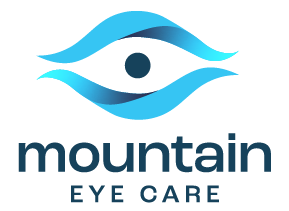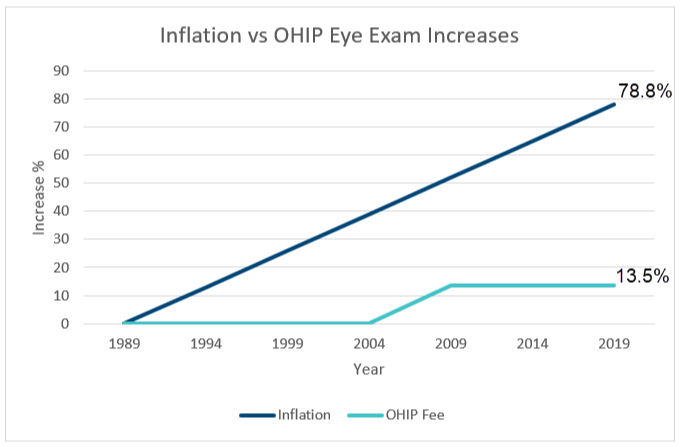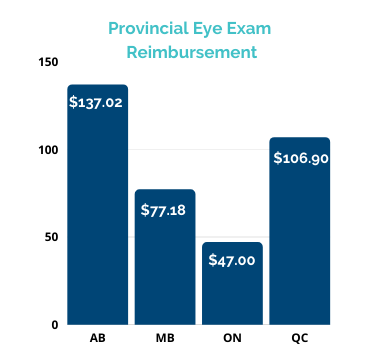Enhancing Lives: The World of Low Vision Devices
Vision is a fundamental sense that greatly influences our daily lives. However, millions of people worldwide experience visual impairments that make even simple tasks challenging. Low vision is a condition where an individual’s vision cannot be fully corrected with regular eyeglasses, contact lenses, or surgery. Fortunately, the world of low vision devices has expanded to provide practical solutions, independence, and improved quality of life for those with visual impairments. In this blog post, we’ll explore the fascinating and empowering realm of low vision devices, from magnifiers and telescopes to digital technologies and wearable aids.
Understanding Low Vision
Low vision is a term that encompasses a range of visual impairments, from reduced visual acuity to visual field loss. It can be caused by various factors, including eye diseases like macular degeneration, glaucoma, diabetic retinopathy, and congenital conditions. People with low vision often find it challenging to perform everyday activities, such as reading, recognizing faces, or safely navigating their environment.
While low vision cannot be completely cured, the use of specialized low vision devices can significantly enhance the remaining vision, enabling individuals to regain independence and improve their overall quality of life.
Types of Low Vision Devices
Low vision devices are designed to assist individuals with different types and degrees of visual impairment. These devices come in various forms, each tailored to address specific visual challenges. Let’s explore some of the most common types of low vision devices.
Magnifiers:
Magnifiers are among the most traditional and widely used low vision aids. They come in various forms, such as handheld magnifiers, stand magnifiers, and illuminated magnifiers. These devices utilize the principle of magnification to make text and objects appear larger and more legible.
Handheld Magnifiers: Compact and portable, these magnifiers are suitable for reading books, labels, or any nearby printed material.
Stand Magnifiers: These hands-free magnifiers are placed directly over reading material or objects, making them ideal for extended use.
Illuminated Magnifiers: Equipped with built-in lighting, illuminated magnifiers provide enhanced visibility by illuminating the subject being magnified.
Telescopes:
Telescopic low vision devices are designed to assist with tasks that require seeing objects at a distance. They can be either handheld or mounted on eyeglasses.
Monocular Telescopes: These compact, handheld telescopes are suitable for viewing distant objects, such as street signs, whiteboards, or a theater stage.
Bioptic Telescopes: Mounted on eyeglass frames, bioptic telescopes allow individuals to alternate between magnified and regular vision, making them practical for driving and other outdoor activities.
Electronic Magnifiers:
Electronic magnifiers, also known as video magnifiers or closed-circuit television (CCTV) systems, use cameras and display screens to provide adjustable magnification and contrast settings. They can display text or images on a screen and are particularly beneficial for reading and writing tasks.
Screen Readers:
Screen readers are software-based low vision devices that convert text on a computer or mobile device into synthesized speech or Braille output. They make digital content accessible to those with visual impairments, allowing them to browse websites, read emails, and use various applications.
Optical Character Recognition (OCR) Devices:
OCR devices scan printed text and convert it into digital text that can be read aloud by text-to-speech software or displayed in Braille. These devices are essential for independently accessing printed materials, such as books, documents, or mail.
Wearable Low Vision Aids:
Advances in technology have led to the development of wearable low vision aids, which include smart glasses and head-mounted devices. These aids use cameras and augmented reality to enhance the wearer’s visual experience.
Braille Devices:
For individuals who are blind or have severely limited vision, Braille devices are invaluable. Braille embossers and electronic Braille displays convert digital text into Braille, allowing users to read and write in this tactile script.
Talking Watches and Clocks:
Low vision extends beyond reading materials. Keeping track of time is essential, and talking watches and clocks provide spoken time announcements, making it easy for individuals with visual impairments to stay punctual.
How Low Vision Devices Empower Individuals
Low vision devices serve as powerful tools that empower individuals with visual impairments in various aspects of their lives. Here’s how these devices positively impact their independence and quality of life:
Enhanced Reading and Learning: Low vision devices enable individuals to read books, newspapers, and digital content with ease, promoting continued education and intellectual growth.
Improved Mobility: Devices like telescopes and handheld magnifiers assist with outdoor navigation, enabling users to recognize street signs, landmarks, and public transportation schedules.
Independent Daily Living: With the assistance of talking devices, electronic magnifiers, and screen readers, individuals with low vision can manage daily tasks independently, such as cooking, banking, and communicating.
Enhanced Work Opportunities: Low vision aids play a crucial role in the workplace, enabling individuals to access printed or digital materials, operate computer systems, and participate in various job-related activities.
Increased Social Engagement: Access to digital communication, OCR devices, and magnifiers fosters social connections, allowing individuals to stay in touch with friends and family, access social media, and engage in hobbies and interests.
Enhanced Safety: Devices like bioptic telescopes enable individuals with low vision to drive safely, expanding their mobility and opportunities.
Challenges and Considerations
While low vision devices are instrumental in improving the lives of those with visual impairments, there are challenges and considerations to be aware of:
Individualized Assessment: The selection of the appropriate low vision device depends on the specific needs and preferences of the individual. A comprehensive assessment by an eye care specialist is essential to determine the best device for each case.
Cost: The cost of low vision devices can vary significantly. While some basic devices are affordable, more advanced technology and personalized solutions may come at a higher price point. It’s important to explore options and consider potential financial assistance.
Device Familiarity: Learning to use low vision devices effectively may require time and practice. Individuals with low vision, along with their healthcare providers and rehabilitation specialists, should work together to achieve optimal results.
Regular Eye Exams: Even with the use of low vision devices, regular eye exams remain important for monitoring eye health and assessing the need for any updated prescriptions or treatments.


